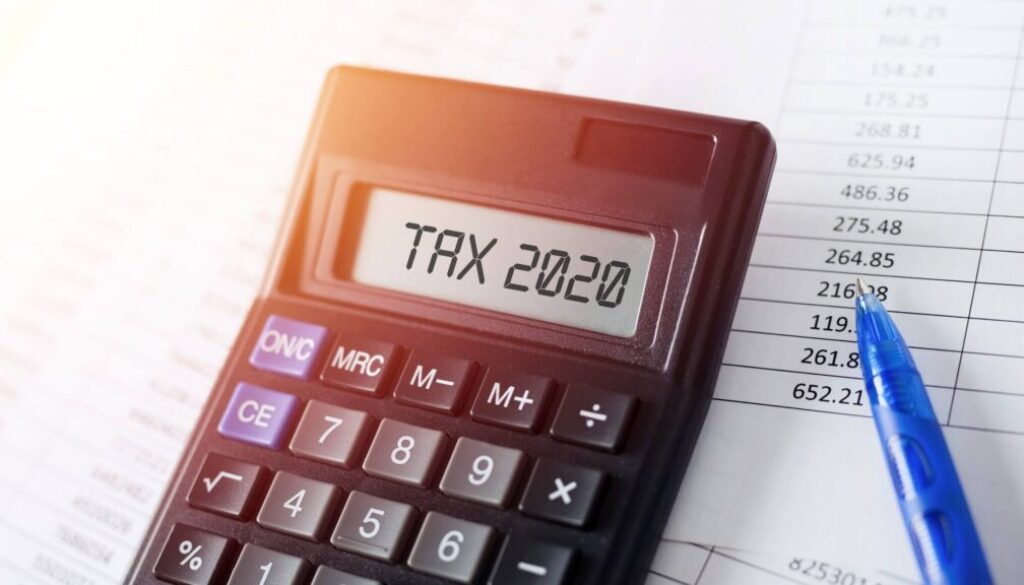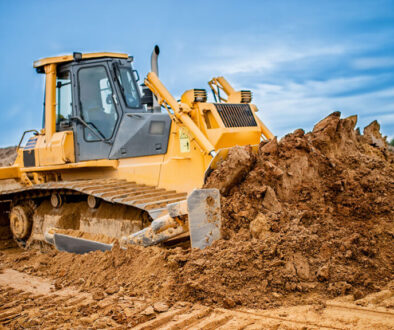Section 179 Deduction 2020 Guide
Get Cash Back From the IRS
2020 has been a tumultuous year, to say the very least. Fortunately, the United States government has many programs in place to help provide relief for its citizens. One such example that is likely to get additional use this year is Section 179, a tax deduction for businesses to depreciate the full life of an asset in the first year, effectively putting the money back into the company to further grow.
GET A RISK FREE TRUCK FINANCING QUOTE
What is the Section 179 Deduction?
Without Section 179, business owners depreciate the value of an asset over many years, using a variety of accounting tricks. Section 179 allows a business to write-off the entirety of an asset’s value for the year of initial use, allowing the business owner to frontload the tax savings and effectively reduce the cost of purchase.
The amount a business may claim under Section 179 Deduction has an annual limit. The Tax Cuts and Jobs Act of 2017 (commonly known as the “Trump Tax Cuts”) increased the maximum tax savings of an individual business from $500,000 to $1,000,000. From 2019 to 2020, the maximum tax savings has further increased to $1,040,000.
Additionally, the maximum amount of spent money a business can claim increased from $2,500,000 in 2019 to $2,590,000 in 2020. This means if your business’ average tax rate is 22%, the largest deduction your business can get is $569,800, even if your business spent over $3,000,000 in asset investments. The maximum tax savings and maximum claim for each year are tied to inflation and are subject to change with each year. Some years it changes, and some years it does not.
Business equipment that qualifies is almost any asset with a useful life beyond one year. This includes office furniture, computers, buildings, and trucks.
Exceptions to the Section 179 Deduction
As with most aspects of the tax code, exceptions apply.
Assets must have a useful life of over one year. Gasoline, office supplies such as markers, and month-to-month subscriptions are not eligible for this Deduction.
If an asset is used for anything other than business, only the percentage of business use can be written-off. Furthermore, if the business use is less than 50%, then nothing can be written off. If purchasing a workstation for business, make sure to use it more often for work than for researching Pilates classes, or else you run the risk of losing all your deduction!
Additionally, the amount deducted from your tax bill as a result of your deduction cannot exceed the business’ income for that year. Hypothetically, if your business purchases $1,500,000 in trucks, has a 33% average tax rate, and generates $350,000 in income for the year, the maximum your business can claim in deductions is $350,000. Fortunately, the additional $150,000 in deductions can be carried over to the next year.
Software must have non-exclusive use. Purchasing an annual subscription to a customer relationship management platform is eligible for the deduction, but a custom-built enterprise resource planning platform website does not, as only your business can use it.
Vehicles have a complicated set of exceptions. Generally speaking, if a vehicle’s original intended purpose is not for business (such as a Honda Accord bought from a dealership), the maximum deduction a business can claim on it ranges from $11,160 to $11,560, even if the vehicle is used entirely for business.
There are exceptions to this exception, however: a Honda Accord with an exterior painted to advertise the business is fully claimable for the Deduction. Vehicles originally intended for businesses, such as Semi-Trucks, dump truck, box truck, etc…are fully eligible for the deduction.
The Section 179 Deduction is only applicable for the year of purchase. If your business purchases $300,000 worth of equipment in 2020, it cannot write-off $250,000 for its 2020 tax year and then $50,000 in the next year. Thrifty business owners may take advantage of this by either purchasing additional equipment before the end of the year to approach this year’s limit, or may put off a purchase until January 1st if the business has already exceeded the limit.
Since larger corporations are more likely to purchase business equipment exceeding $2,590,000 in a year, the current Section 179 Deduction leans in favor of smaller businesses. Additionally, if your business does not start using the equipment the same year it is purchased or leased, the Deduction is lost.
Using the Section 179 Deduction to your Advantage
Utilizing Section 179 Deduction allows a company to reduce the effective cost of purchasing or leasing new or “new to you” equipment, with a higher tax rate meaning higher savings. If a company purchases $1,000,000 in transport equipment, uses it exclusively for business and has a 30% average tax rate, a company can possibly save $300,000 on their tax bill, making the transport equipment effectively cost $700,000 instead. This Deduction incentivizes companies to invest in their business to make it grow.
Form 4562
Currently, the IRS form for Section 179, Form 4562, has not been updated for the 2020 tax year, however, the 2019 version can be found here. The IRS also has instructions to help make filling the form easier.
Keep in mind that Form 4562 covers most, if not all, forms of depreciation. Section 179 relates to Part 1. Other Parts cover things such as MACRS depreciation (depreciation over time) and amortization (depreciation of an intangible asset, such as a patent becoming close to expiring). Assuming you own a trucking business, you will absolutely need to fill out Part 5 before starting Part 1, as Part 5 pertains to most vehicular use.
The IRS places the most important sections before the less important sections, even if the less important sections can determine whether or not you need to fill out the more important sections, so prepare to jump around the pages quite a bit when filling out Form 4562. In fact, if you are a fleet owner who provides vehicles to your employees, you very well might want to start at Part 6 and work your way backward!
Make sure to keep a copy of your Form 4562 for next year; this year’s line 13 is next year’s line 10 (both lines pertain to carryover of disallowed deduction and lead to lower tax liability).
Click for Form 4562 (2019)
Interested in using the Section 179 Deduction to expand your trucking business? TopMark Funding™ brokers on your behalf to a variety of different lenders for your next semi-truck, sprinter van, or shuttle bus. Whether you have excellent or less-than-excellent credit, we communicate with lenders to get you your best possible rate! Contact us for a free no-obligation quote that will not impact your credit score.
Interested in using the Section 179 Deduction to expand your trucking business? TopMark Funding has a variety of different truck financing programs for your next semi-truck or commercial vehicle. Whether you have excellent or less-than-excellent credit, we can get you the best possible rate! Contact us for a free no-obligation quote that will not impact your credit score.
This article does not constitute legal tax advice. Every business is different and as such has different tax needs. Talk to a certified tax preparer to fully utilize Section 179 to your business’ own advantage.
GET A HASSLE FREE SEMI-TRUCK FINANCING QUOTE
SAFE & SECURE QUOTE + GUARANTEED NO HARD INQUIRIES
Learn more about: How to Finance a Semi-Truck






